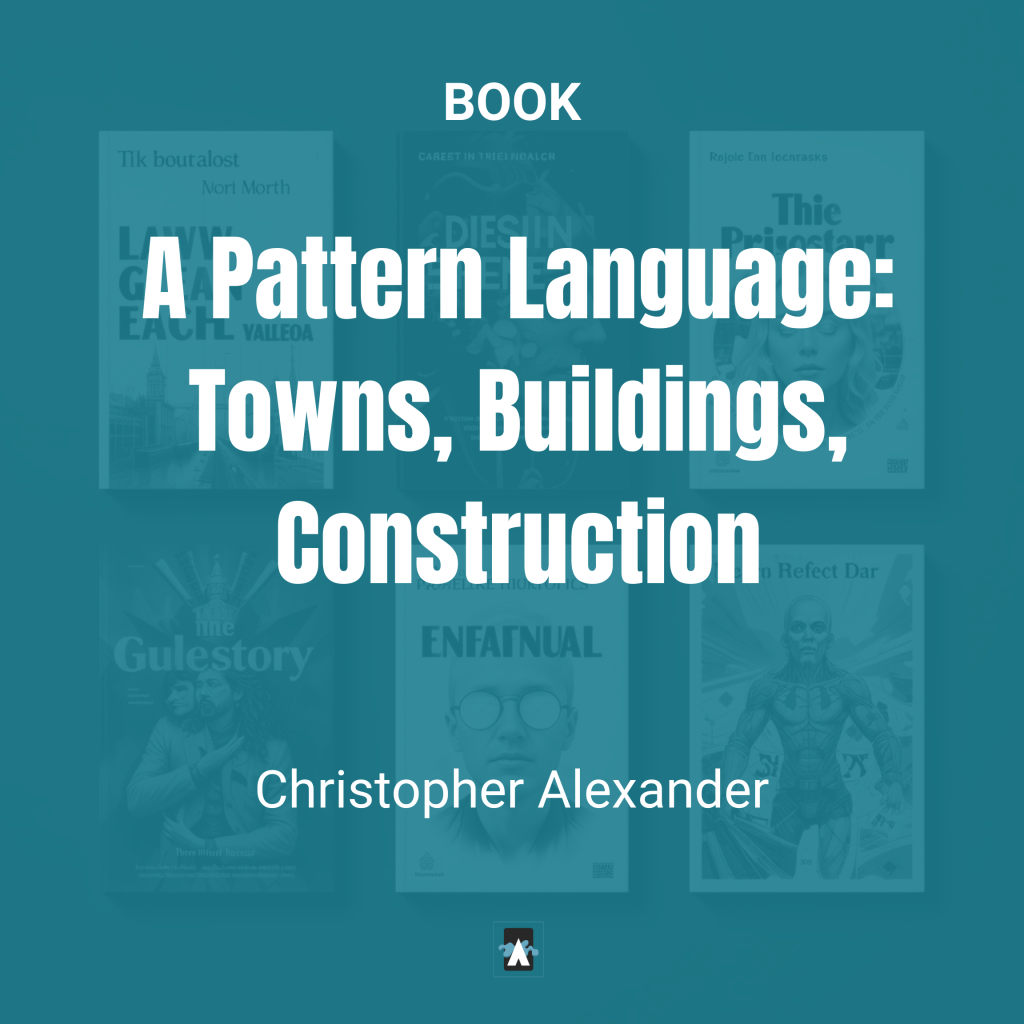The Healing Power of Design: Exploring Architectural Solutions for Mental Well-being
The Dream Begins
Design for mental health consumed Will Hunter’s mind as he drifted into an unusually vivid dream. The Iowa State architecture student found himself at the base of a massive, coiling staircase. Its edges gleamed like mother-of-pearl, spiraling infinitely upward into a golden haze. A soft voice from above beckoned, “Step forward, Will.” The voice was calm yet commanding, and it sent a shiver down his spine.
.
Hesitant but intrigued, he placed his foot on the first step. The air grew warmer with each turn, wrapping around him like a reassuring embrace. Higher and higher he climbed, until he emerged into a city unlike any he had seen before.
.
Spiral City: A Design of Harmony
The city stretched out in concentric arcs, each building curving gracefully, as if drawn by an artist’s hand. There were no sharp angles, only fluid, interconnected loops. Standing at the heart of this architectural marvel was a woman dressed in a flowing green coat. She introduced herself as Mara, an architect specializing in design for mental health.
.
“Welcome to Spiral City,” she said. “This place is a living blueprint inspired by Christopher Alexander’s A Pattern Language. Each curve, each loop, is designed to resonate with human well-being.”
.
Mara guided Will through the city’s winding streets, explaining how natural patterns like spirals influence human emotions. “Spirals represent growth and healing,” she said. “They’re found everywhere: galaxies, seashells, even our DNA. This city’s design encourages movement, reflection, and connection.”
.
The Asylum of Circles
They entered a unique building shaped like a nautilus shell. Inside, rooms spiraled inward, each opening to a shared garden at the core. Mara explained that it was an asylum for trauma survivors.
.
“Traditional facilities are rigid, cold, and isolating,” she said. “Here, privacy and community coexist harmoniously. Residents find solace in their personal spaces while nurturing bonds in the garden.”
.
The air in the asylum felt different—lighter, healing. Will imagined how such thoughtful design could redefine spaces meant for recovery. He thought of Healing Spaces by Esther Sternberg, a book Mara mentioned as a foundational text.
.
The Dark Spiral
As they left the asylum, Mara’s tone shifted. She led Will to a dark, spiraling structure. Unlike the others, its curves were sharp and disorienting. Descending into the dimly lit basement, Will felt a suffocating weight settle over him.
.
“This is a cautionary tale,” Mara said. “Poorly executed design can amplify fear and anxiety. Spirals that lead downward evoke entrapment rather than freedom. That’s why responsibility in design for mental health is paramount.”
.
The oppressive space echoed with an unsettling hum, and Will was relieved to ascend back to the city’s glowing arcs.
.
Lessons from the Spiral
As they wandered through the city’s gentle curves, Mara elaborated on the principles behind its design. She emphasized the importance of blending natural elements with functional spaces. “Nature calms the mind,” she said, referencing Florence Williams’ The Nature Fix. “Incorporating patterns from the natural world doesn’t just beautify a space—it transforms how we feel within it.”
.
Will’s mind raced with possibilities. What if he could bring these principles into his projects? Buildings could become sanctuaries, bridges between functionality and emotion.
.
The Spiral’s End
As the dream began to fade, Will stood in the city’s center, its spirals radiating outward like ripples on a pond. Mara’s final words resonated deeply: “Healing is not linear. It’s a process of circling back, moving forward, and finding balance. Architecture, too, should reflect this truth.”
.
Will woke up with a start, the vision of Spiral City vivid in his mind. The lessons from his dream stayed with him, shaping his understanding of architecture as a tool for mental health and well-being.
Learning Points:
Patterns of Nature: Incorporating organic forms like spirals can evoke calm and harmony.
Empathy in Design: Spaces should address emotional needs, fostering both privacy and community.
Responsible Use: Even therapeutic designs can harm if applied carelessly.
Holistic Healing: Architecture must consider mental, emotional, and physical well-being.
The Power of Flow: Design should guide and comfort, not overwhelm.
Keywords:
Design for mental health
Therapeutic architecture
Spiral City
Healing through design
Christopher Alexander patterns
Empathy in architecture
Mental health spaces
Organic forms in design
Sustainable architecture
Emotional architecture
This fictional story is set within the dreams of Will Hunter, a character created to explore the intersection of imagination and design. Dive into his dreamscape and discover how storytelling can illuminate real-world lessons in architecture and creativity.
Some of the links on this website may be affiliate links. This means that if you click on the link and make a purchase, we may receive a small commission. We only recommend products and services that we genuinely believe will be beneficial to our readers.



